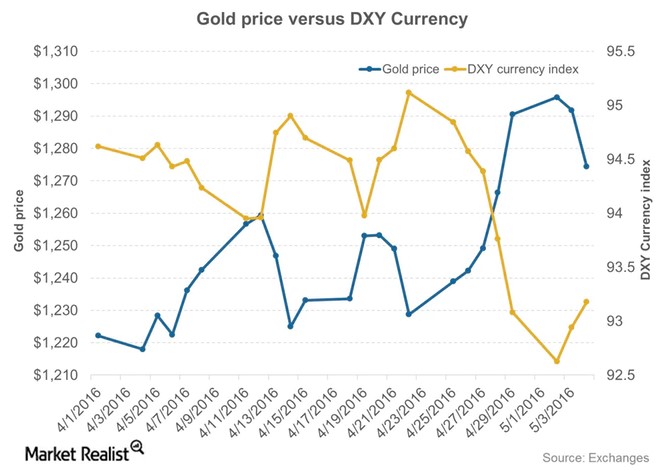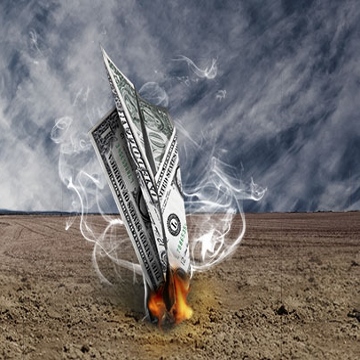Gold Prices and US Dollar Movement Correlation

Given that gold is priced and traded in U.S. dollars, you might wonder how movement in one affects the other. The most common understanding of this relationship is the stronger the value of the U.S. dollar, the lower the price of gold. Likewise, the weaker the U.S. dollar, the higher the price of gold. However, while gold typically has an inverse relationship to the dollar, it’s not always the case. Driven by global supply vs. demand, there have been times when gold and the U.S. dollar have risen together.
To better understand price pressures on gold, it’s helpful to examine the wide range of factors that impact currency prices. Largely, this means focusing on the major drivers and drags on the U.S. economy. A positive jobs report, falling oil prices, growing consumer confidence and rising real estate values all tend to improve the economy and therefore strengthen the dollar.
But what happens when there’s economic uncertainty and the U.S. dollar weakens?
Investors identify alternative investments and safe havens. They may turn to tangible assets such as precious metals, real estate, or other currencies causing those alternative asset prices to rise.
And yet these drivers do not always work in concert with each other. Contributing to these movements and complicating the relationship, the action of central banks and foreign countries impact the price of gold. Central banks and foreign countries will commonly trade in different currencies, including U.S. dollars to stimulate their economies or hedge their own currencies.
However, certain patterns still emerge. If you take a look at the chart below, you’ll notice the typical pattern between currency movement and gold prices. The comparison is depicted by the DXY Currency Index, which measures the dollar’s strength vs. a trade-weighted basket of other major currencies including the euro, the Japanese yen, the British pound, the Canadian dollar, the Swedish krona and the Swiss franc.

Interestingly, this inverse correlation between currency movement and the price of gold wasn’t always so, and didn’t gain impetus until after the U.S. suspended the gold standard in 1933 – a decision many economists agree is what primarily pulled us out of the Great Depression. Under the gold standard, the dollar’s value was directly linked to that of gold’s. Each printed dollar was tied to a certain amount of reserved gold which was then bought and sold at a fixed price. Now despite the U.S. severing ties to the gold standard in 1933 under President Roosevelt’s command, we still allowed foreign governments to exchange paper currency for gold up until 1971 when President Nixon abandoned the system entirely, transitioning us to an unbacked fiat currency system.
For the near term, we are unlikely to return to a commodity-backed currency system tied to gold, so gold’s fluctuating value will continue to reflect how strong or weak both the U.S. dollar and our economy is as well as global demand for precious metals. Therefore, this precious metal will continue to be used to hedge against currency devaluation and serve investors as a safe haven in time of economic uncertainty, political instability and market turbulence.
More Information
-

What is the Gold to Silver Ratio?
In the simplest of terms, the gold-silver ratio is calculated by determining how many ounces of silver it takes to purchase one ounce of gold. -

Inflation: The Silent Wealth Killer
Inflation [in-fley-shuh n] noun 1. Economics. A persistent, substantial rise in the general level of prices related to an increase in the volume of money and resulting in the loss of value of currency.